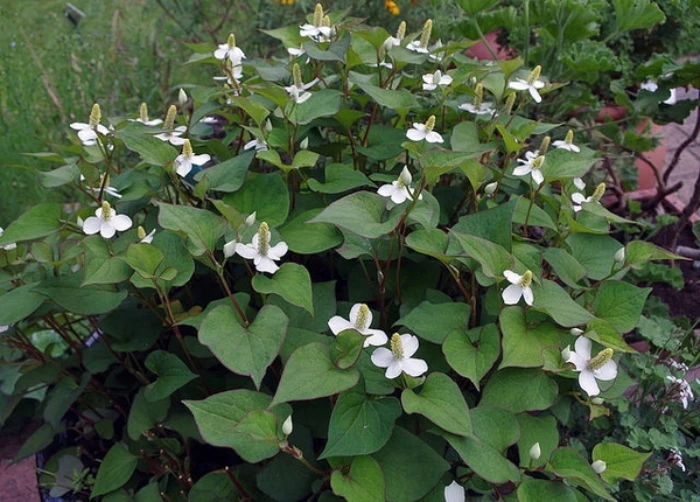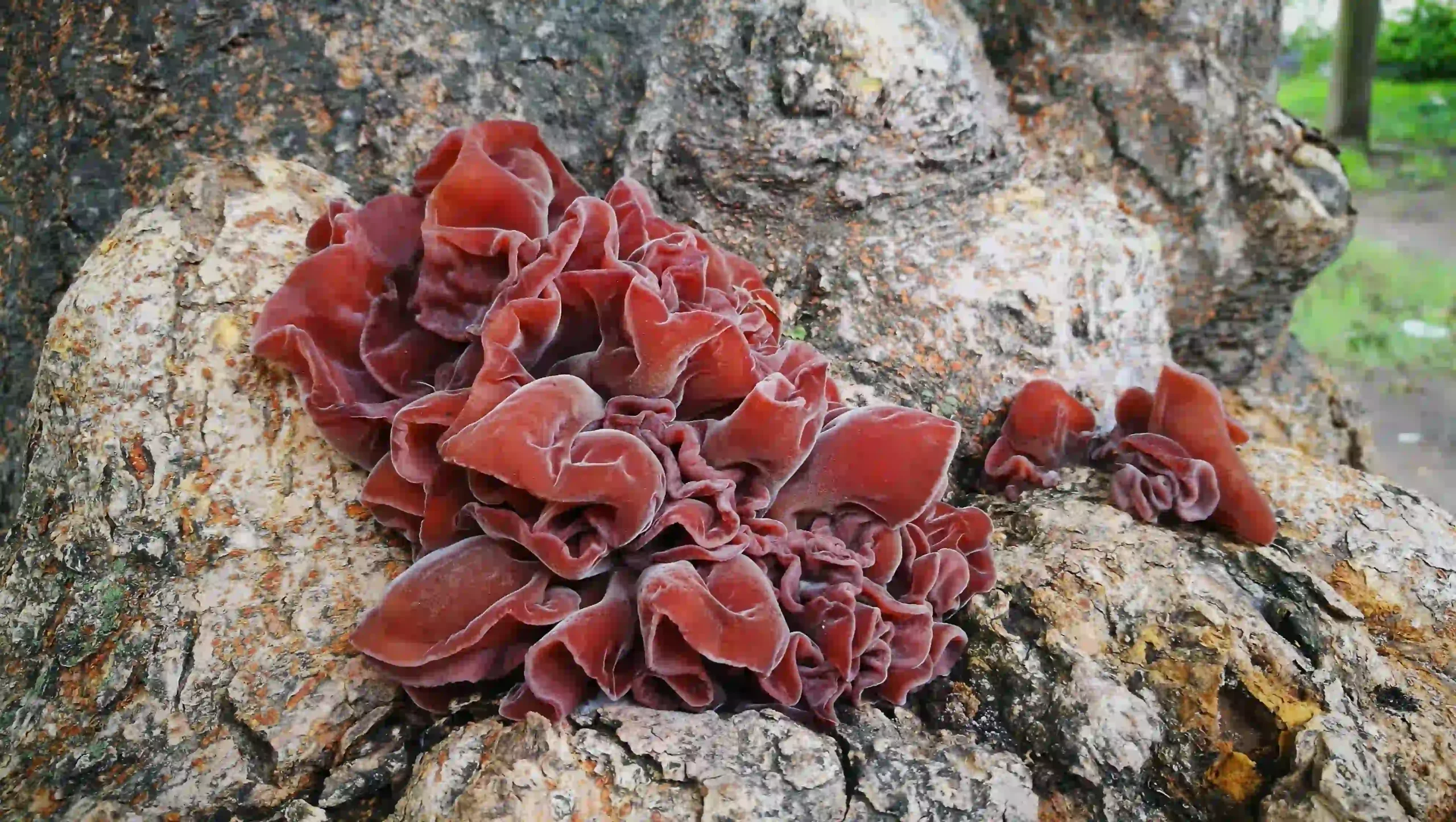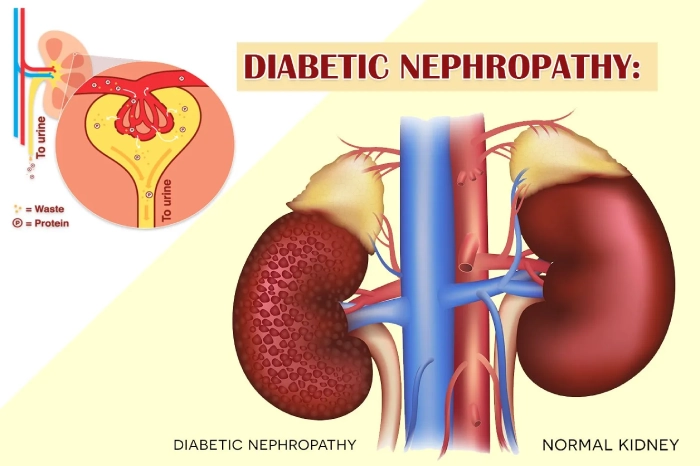Exploring the Role of Fermented Houttuynia Cordata in Sepsis-Induced Heart Disease
Sepsis-induced cardiac dysfunction is a critical condition that often results in severe complications and a poor prognosis. Despite increasing awareness of its devastating effects, effective treatments for this condition remain scarce. Recent research has turned its attention to the potential of fermented Houttuynia cordata (HC) juice (FHJ), a plant known for its bioactive properties, in addressing sepsis-induced cardiac dysfunction. This article delves into the findings of a study investigating the effects of FHJ on lipopolysaccharide (LPS)-induced sepsis in rats, offering a detailed analysis of its implications for future therapeutic applications.
The Study: Methodology and Key Findings
The study focused on evaluating the effects of FHJ on sepsis-induced cardiac dysfunction in rats. Rats were pretreated with FHJ at two different doses—200 mg/kg and 400 mg/kg—for two weeks. Following this pretreatment period, the rats were injected with a single dose of LPS (10 mg/kg) to induce sepsis. Twelve hours post-injection, the rats developed sepsis-induced cardiac dysfunction, at which point various markers of cardiac health were assessed.
The results were promising. Pretreatment with FHJ at both doses significantly mitigated LPS-induced cardiac dysfunction. Specifically, FHJ reduced cardiac inflammation by lowering levels of key inflammatory markers such as IL-1β, TLR-4, and NF-κB. Additionally, FHJ attenuated oxidative stress, as evidenced by decreased malondialdehyde (MDA) levels, and reduced apoptosis by modulating the expression of cleaved-caspase 3 and the Bax/Bcl-2 ratio. Furthermore, FHJ lowered markers of cardiac injury, including lactate dehydrogenase (LDH) and creatine kinase-MB (CK-MB) levels.
Implications of the Findings
The study’s findings suggest that FHJ could serve as a potential therapeutic agent for sepsis-induced cardiac dysfunction. By targeting multiple pathways—inflammatory, oxidative stress, and apoptotic—FHJ demonstrates a multifaceted approach to mitigating the adverse effects of sepsis on cardiac function. This is particularly significant given the limited treatment options currently available for this condition.
Commentary by SuppBase Columnist Alice Winters

The study on fermented Houttuynia cordata juice (FHJ) and its effects on sepsis-induced cardiac dysfunction presents a compelling case for further exploration of this natural remedy. The findings highlight FHJ’s ability to modulate key pathways involved in cardiac dysfunction, offering a potential alternative or adjunct to existing treatments. However, several aspects warrant closer examination.
Ingredient Analysis and Mechanism of Action
Houttuynia cordata, a plant traditionally used in Asian medicine, is rich in bioactive compounds such as flavonoids, polyphenols, and polysaccharides. These compounds are known for their anti-inflammatory, antioxidant, and immunomodulatory properties. The fermentation process likely enhances these bioactive properties, making FHJ a potent therapeutic agent. The study’s focus on FHJ’s ability to reduce inflammation, oxidative stress, and apoptosis aligns with the known mechanisms of action of these bioactive compounds.
Nutritional Value and Efficacy
The study’s results indicate that FHJ’s efficacy is dose-dependent, with higher doses (400 mg/kg) showing more pronounced effects. This suggests that the bioactive compounds in FHJ are effective at relatively low concentrations, which is advantageous for potential therapeutic applications. However, further research is needed to determine the optimal dosage for human use and to assess any potential side effects.
Safety and Side Effects
While the study did not report any adverse effects of FHJ pretreatment, it is essential to consider the safety profile of FHJ, especially with long-term use. Given that Houttuynia cordata has a history of traditional use, it is generally considered safe. However, rigorous clinical trials are necessary to confirm its safety and efficacy in humans.
Market Trends and Consumer Needs
The growing interest in natural and plant-based remedies aligns with the findings of this study. Consumers are increasingly seeking alternatives to conventional pharmaceuticals, particularly for conditions with limited treatment options. FHJ’s potential as a natural therapeutic agent for sepsis-induced cardiac dysfunction could meet this demand, provided that further research supports its efficacy and safety.
Environmental Impact and Sustainability
The production of FHJ involves the fermentation of Houttuynia cordata, a process that is generally environmentally sustainable. However, the scalability of FHJ production must be considered, especially if it gains widespread acceptance as a therapeutic agent. Sustainable sourcing of Houttuynia cordata and eco-friendly fermentation practices will be crucial to minimizing its environmental impact.
User Feedback and Market Potential
While the study provides promising preclinical data, user feedback and market potential will depend on the outcomes of clinical trials. Positive results in human studies could position FHJ as a valuable addition to the market for sepsis treatments. Additionally, consumer education will be essential to ensure that potential users understand the benefits and limitations of FHJ.
Target Audience Suitability
FHJ’s potential as a therapeutic agent for sepsis-induced cardiac dysfunction makes it relevant for a broad audience, including healthcare providers, patients, and caregivers. However, its suitability for specific populations, such as those with pre-existing conditions or allergies, must be carefully evaluated.
Price and Brand Credibility
The cost of FHJ will play a significant role in its market acceptance. If FHJ is priced competitively and supported by robust clinical evidence, it could gain credibility as a reliable therapeutic option. Brand positioning and marketing strategies will also influence its success in the market.
Conclusion
The study on fermented Houttuynia cordata juice (FHJ) offers promising insights into its potential as a therapeutic agent for sepsis-induced cardiac dysfunction. By targeting multiple pathways involved in cardiac dysfunction, FHJ demonstrates a multifaceted approach to treatment. However, further research is needed to confirm its efficacy and safety in humans, as well as to address practical considerations such as dosage, production scalability, and market positioning. As the demand for natural and plant-based remedies continues to grow, FHJ could emerge as a valuable addition to the arsenal of treatments for sepsis-induced cardiac dysfunction.
In conclusion, while the study’s findings are encouraging, they represent only the first step in a long journey toward establishing FHJ as a viable therapeutic option. Continued research and clinical trials will be essential to unlocking its full potential and ensuring its place in the market.



